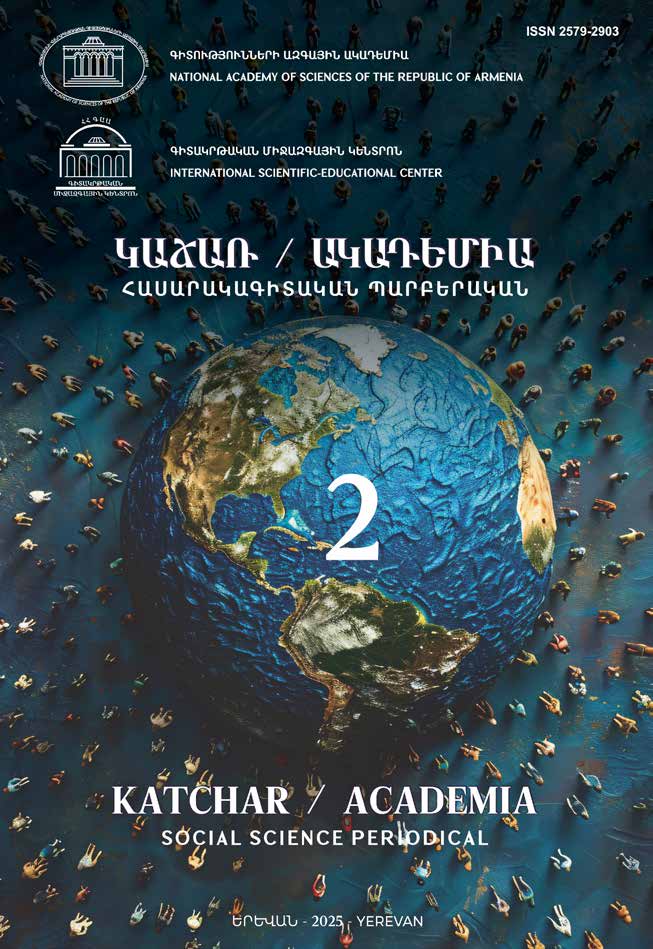CHALLENGES OF DIGITAL BANKING DEVELOPMENT IN THE CONTEXT OF LATEST BANKING TECHNOLOGIES
Keywords:
Digital banking, profitability, fintech, cybersecurity, market capitalization, innovationAbstract
This study examines the multifaceted factors that influence the adoption and advancement of digital banking in the context of rapid technological evolution and shifting consumer expectations. Drawing on an extensive review of recent scholarly and industry sources, the research examines the intersection of technological, psychological, and socio-demographic factors that shape user behaviour. Key variables identified include perceived ease of use, perceived usefulness, trust, and cybersecurity concerns—factors consistently shown to affect adoption rates across diverse user segments. Furthermore, social influence, age, education, income level, and digital literacy emerge as significant moderators. Beyond the user-centric perspective, institutional strategies such as platform customization, integration of artificial intelligence, open banking infrastructure, and ESG-driven (Environmental, Social, Governance) financial products are examined for their role in enhancing operational efficiency and customer engagement. The research underscores the critical importance of building resilient cybersecurity frameworks to mitigate evolving threats such as data breaches, malware, and AI-targeted attacks. Additionally, global comparative data from the 2025 TABInsights ranking of the top 100 digital banks offers empirical support for trends in profitability, market expansion, and regional differentiation. The findings suggest that future competitiveness in digital banking hinges not only on technological innovation but also on aligning services with user values and regulatory expectations. Recommendations are provided for researchers and practitioners to guide future developments in the field.

Downloads
Published
How to Cite
Issue
Section
License
Copyright (c) 2025 KATCHAR / ACADEMIA. SOCIAL SCIENCE PERIODICAL

This work is licensed under a Creative Commons Attribution-NonCommercial-NoDerivatives 4.0 International License.



